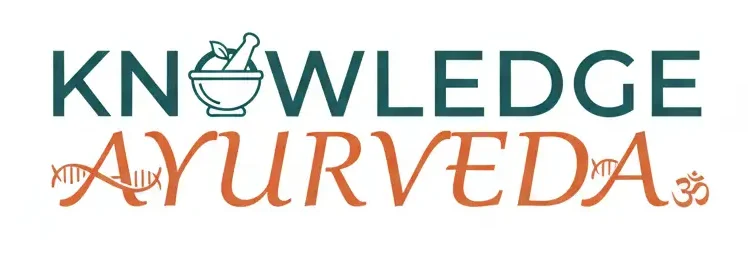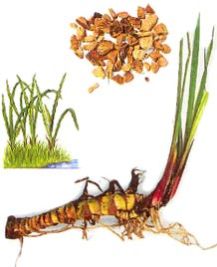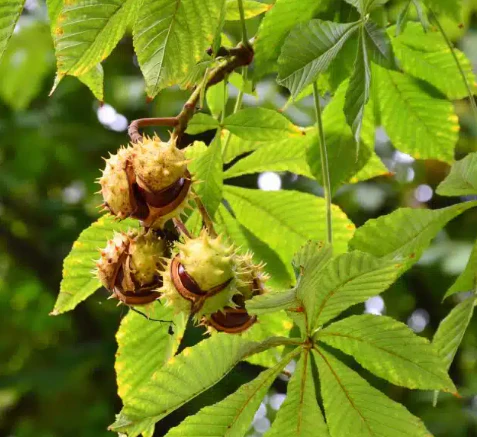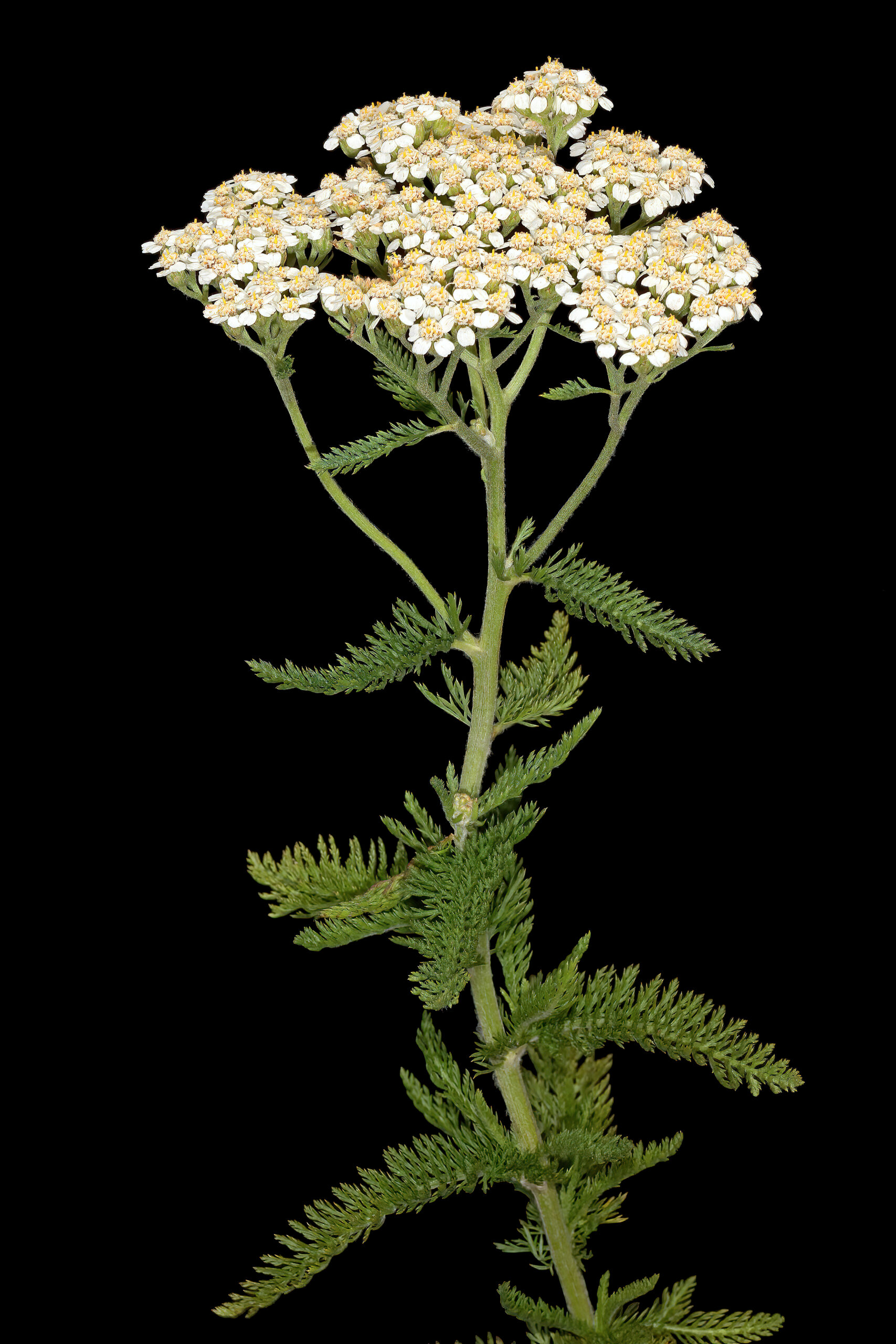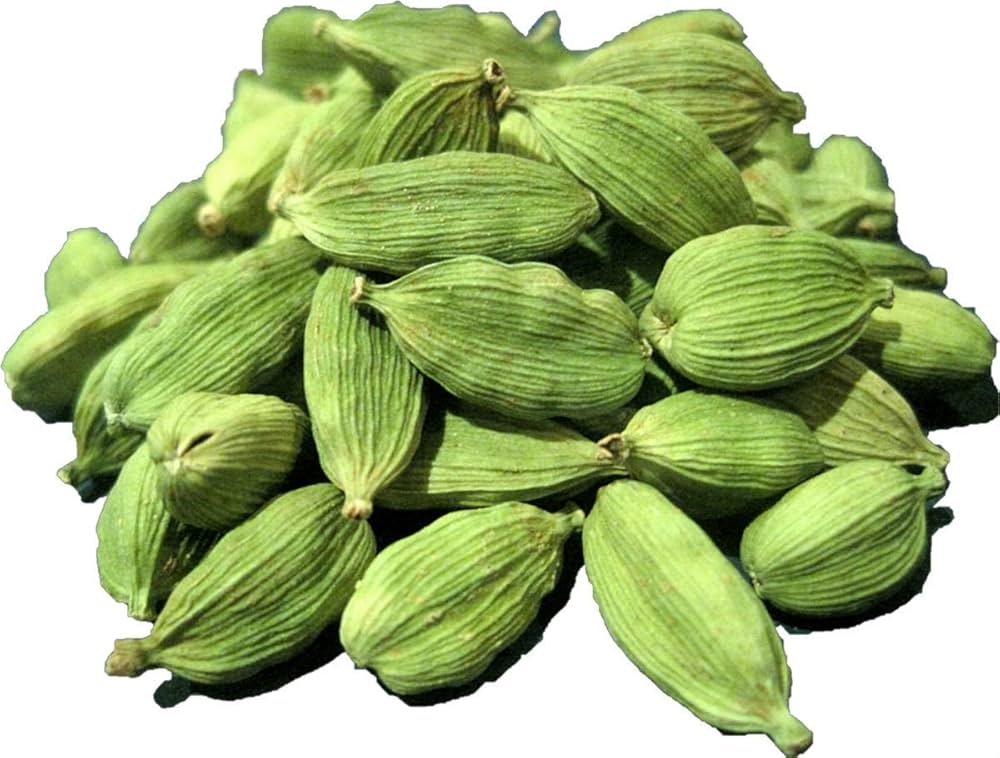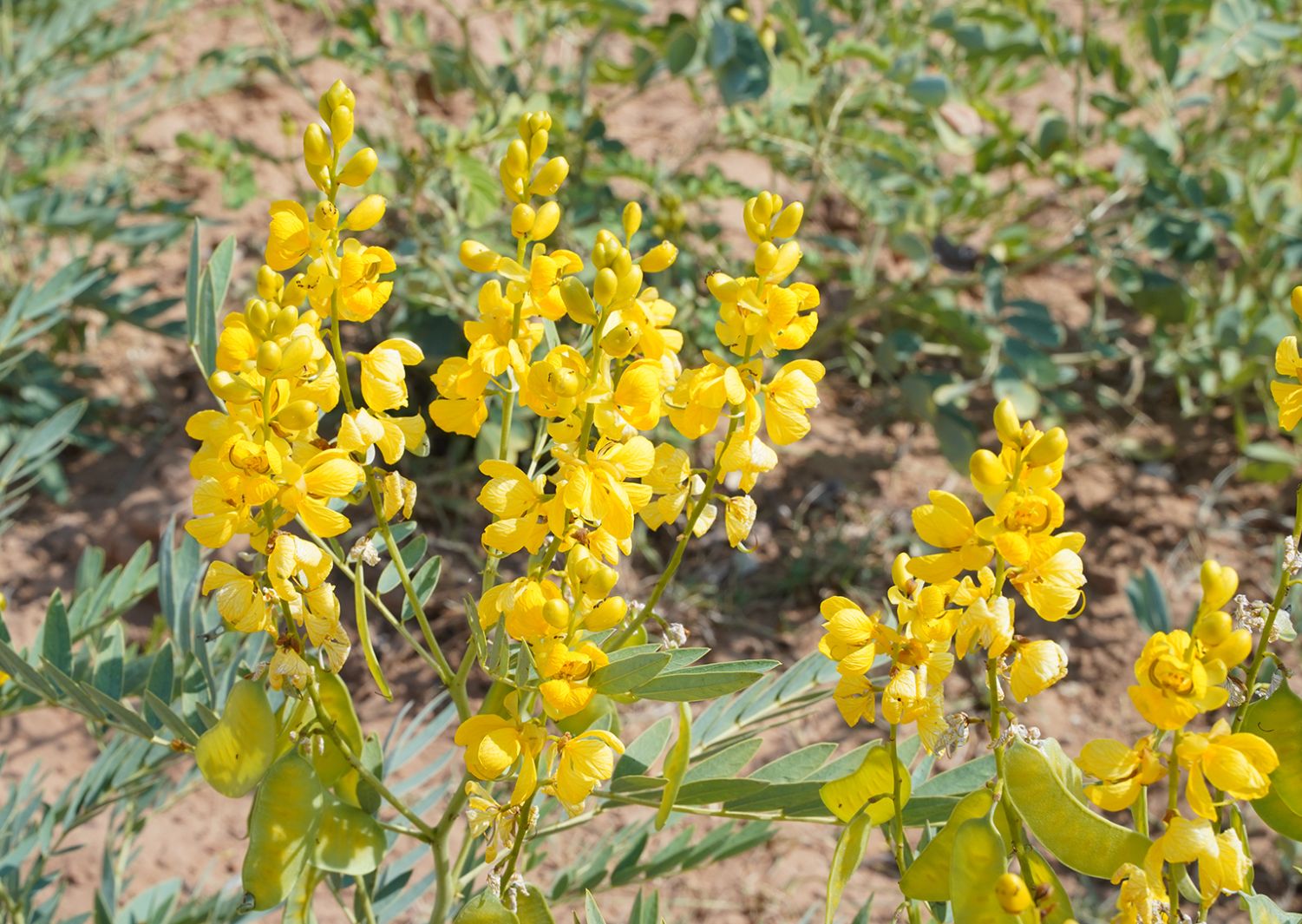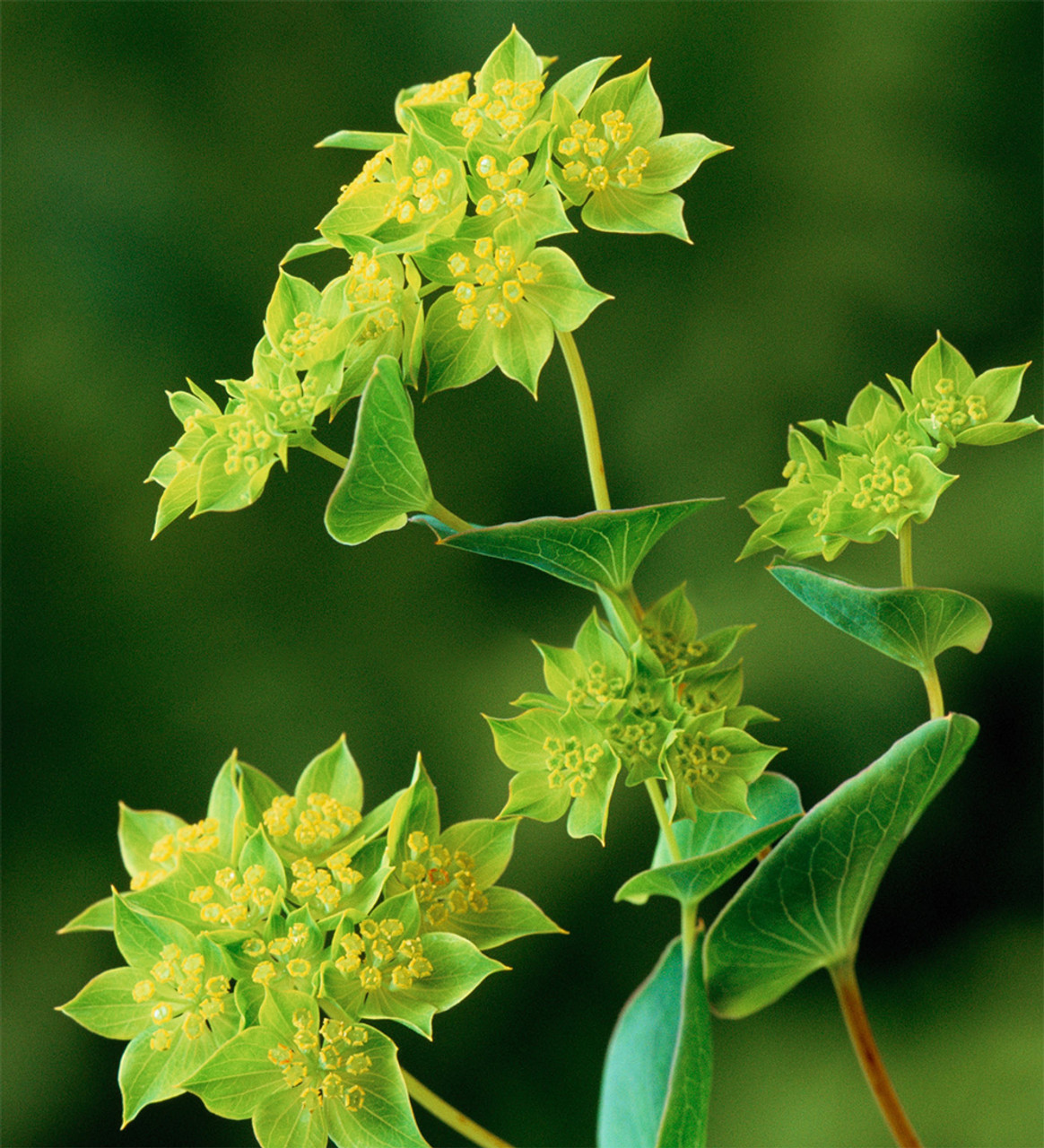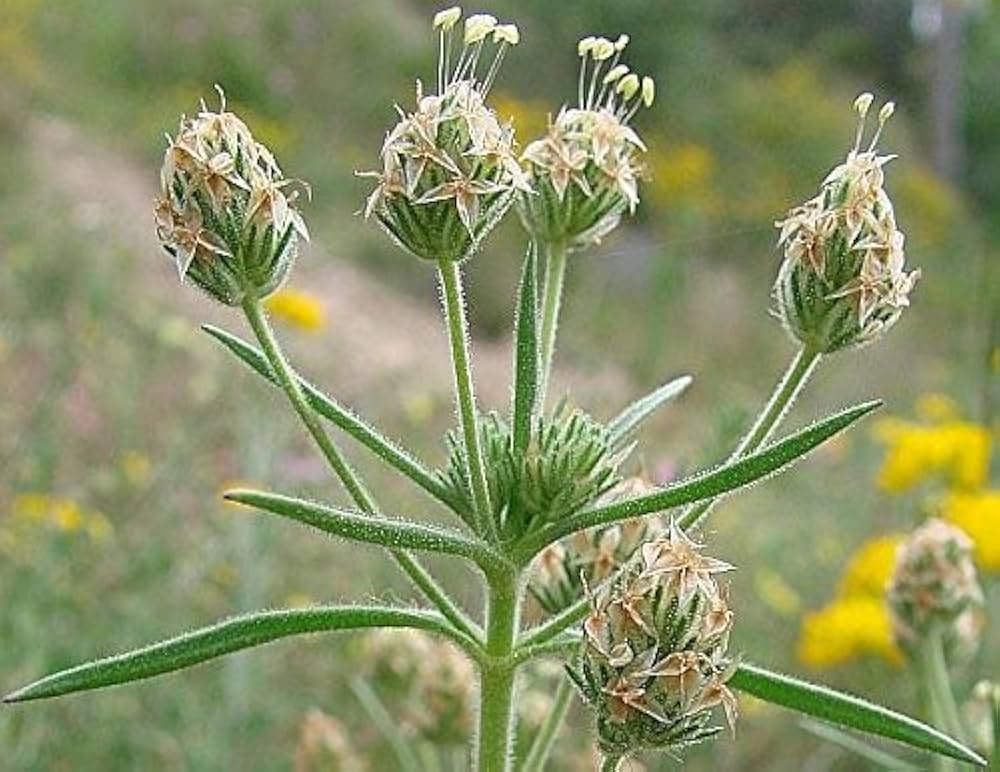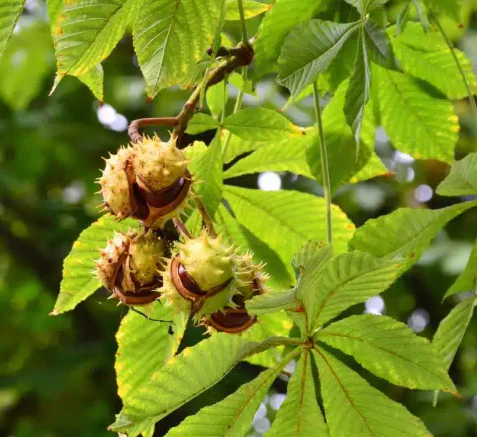
Horse Chestnut (Aesculus hippocastanum) is a tall, deciduous tree native to the Balkan Peninsula but now widely cultivated throughout Europe, Asia, and North America. Known for its striking white flower clusters and large, spiny fruit that houses the shiny brown seeds (often called “conkers”), Horse Chestnut has long been valued for its medicinal properties, particularly in supporting vascular health and reducing inflammation.
Historically, Horse Chestnut seeds, bark, and leaves were used in traditional herbal medicine to treat a variety of conditions. The key active compound found in the seeds is aescin (or escin), a natural mixture of saponins. Aescin is primarily responsible for the herb’s most renowned medicinal effects, notably its ability to strengthen blood vessel walls, reduce swelling, and improve circulation. As such, Horse Chestnut became one of the classic remedies for chronic venous insufficiency (CVI)—a condition where veins have trouble sending blood from the legs back to the heart—leading to issues like varicose veins, leg swelling, and hemorrhoids.
In traditional European herbalism, Horse Chestnut was often recommended to tone and protect veins, prevent blood pooling, and relieve heavy, tired legs. Preparations such as tinctures, teas, or topical ointments made from the seeds were widely used to ease bruises, sprains, and inflammatory skin conditions. It was even applied externally to soothe joint pain and arthritis.
Beyond its circulatory benefits, Horse Chestnut was sometimes used for digestive complaints. The bitter constituents in the bark were believed to stimulate digestive secretions and help relieve symptoms of dyspepsia and bloating. However, modern use focuses primarily on its vascular and anti-inflammatory properties.
It is important to note that raw Horse Chestnut seeds, bark, flowers, and leaves are toxic if consumed improperly, as they contain compounds that can cause serious digestive and nervous system upset. Only specially prepared extracts that have been processed to remove toxic elements are considered safe for medicinal use today. Such standardized extracts typically contain a controlled amount of aescin and are used under professional guidance.
Modern clinical studies have supported traditional uses, showing that Horse Chestnut seed extract can effectively reduce leg swelling, pain, and itchiness associated with venous insufficiency. It is often seen as a natural alternative to compression stockings or as a complementary therapy in vascular care.
In folk traditions, Horse Chestnut seeds were also thought to offer protective properties. Carrying a seed in one’s pocket was believed to bring good luck or ward off rheumatism. Though such beliefs are more symbolic, they highlight the plant’s long-standing role in both physical and spiritual health traditions.
In conclusion, Horse Chestnut (Aesculus hippocastanum) is a historically respected herb, especially valued for its ability to support healthy circulation, reduce inflammation, and strengthen veins. Though caution must be used in its preparation, properly processed Horse Chestnut extracts remain a popular, natural tool for promoting vascular wellness today.
